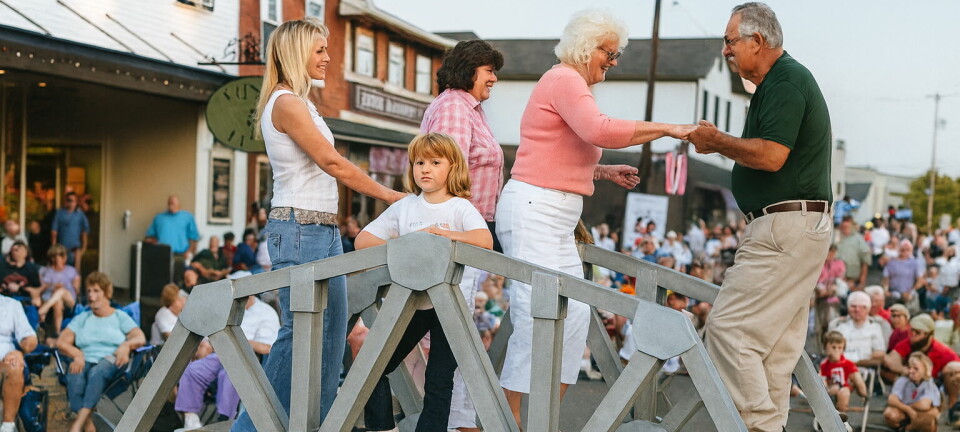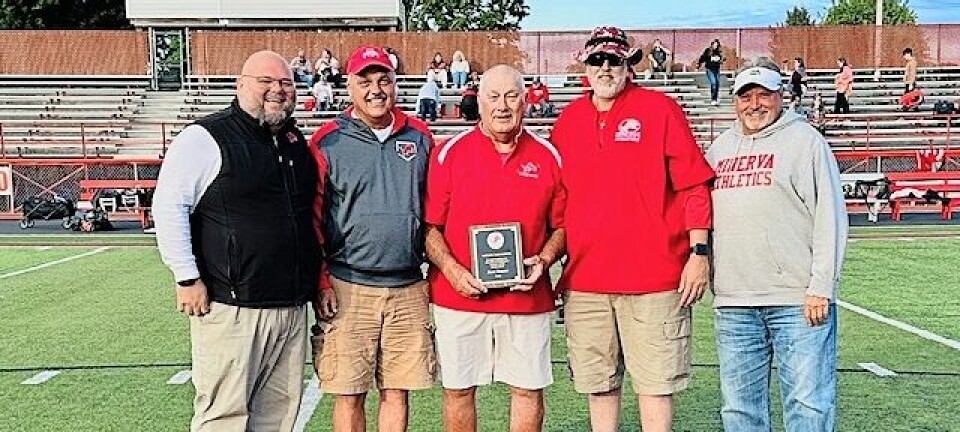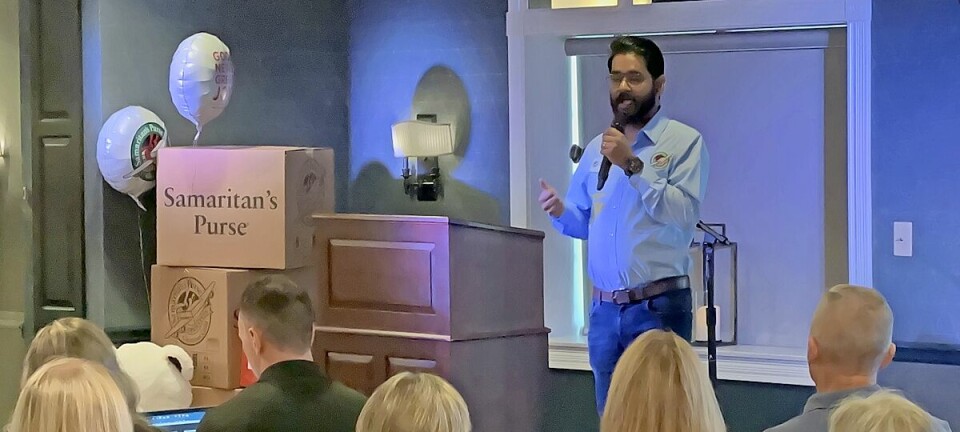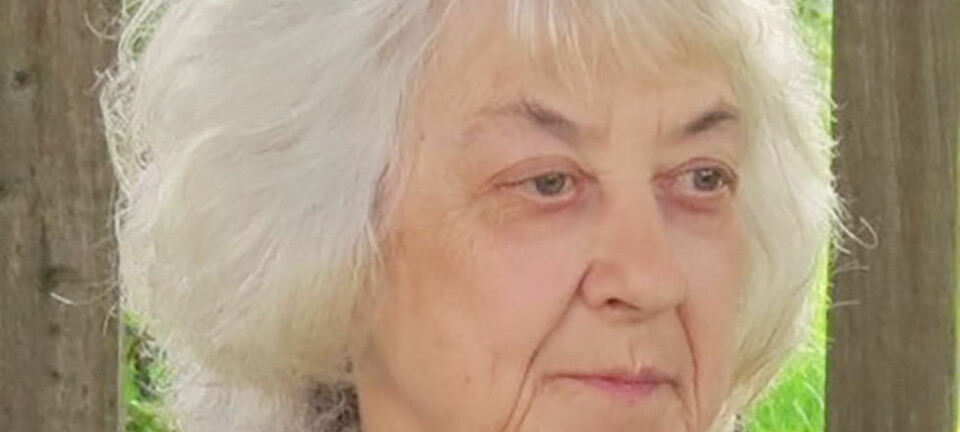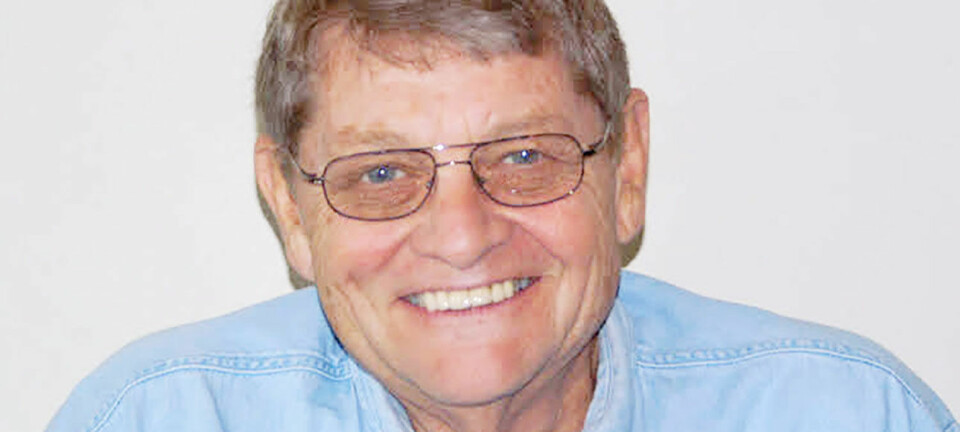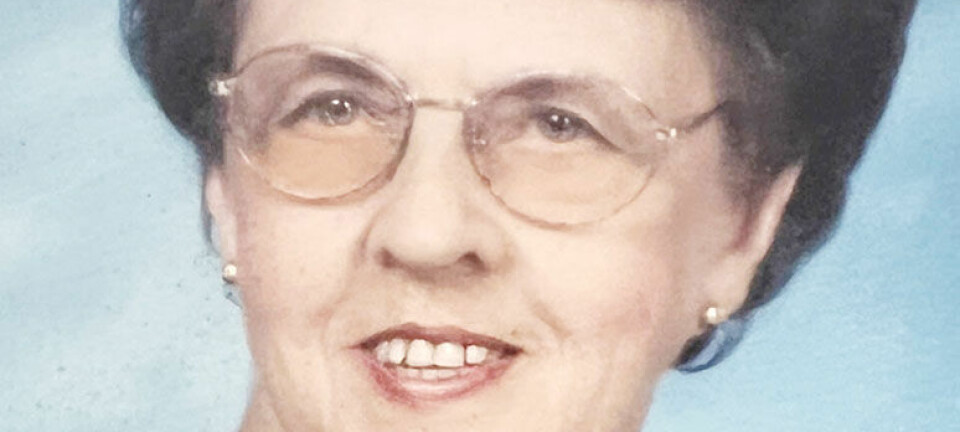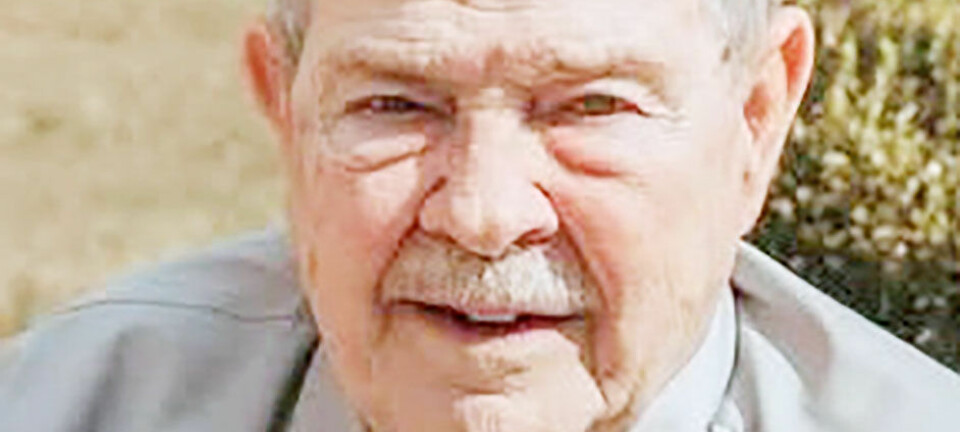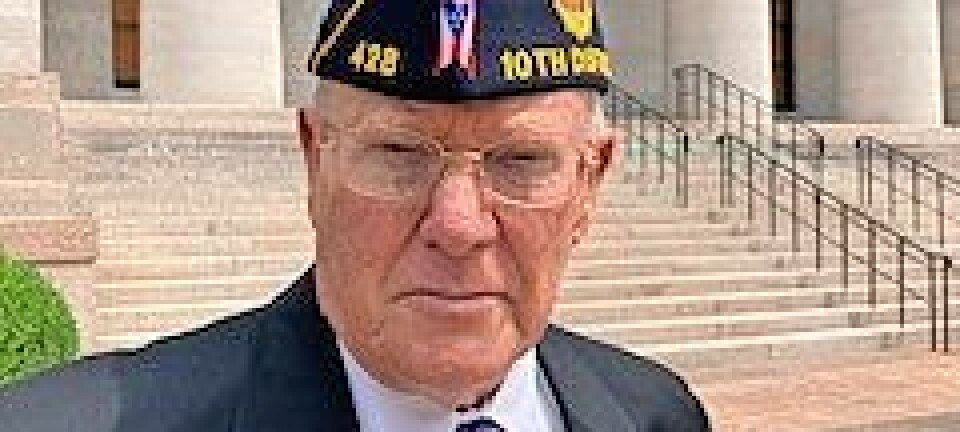Long Military Museum created for veterans by a veteran
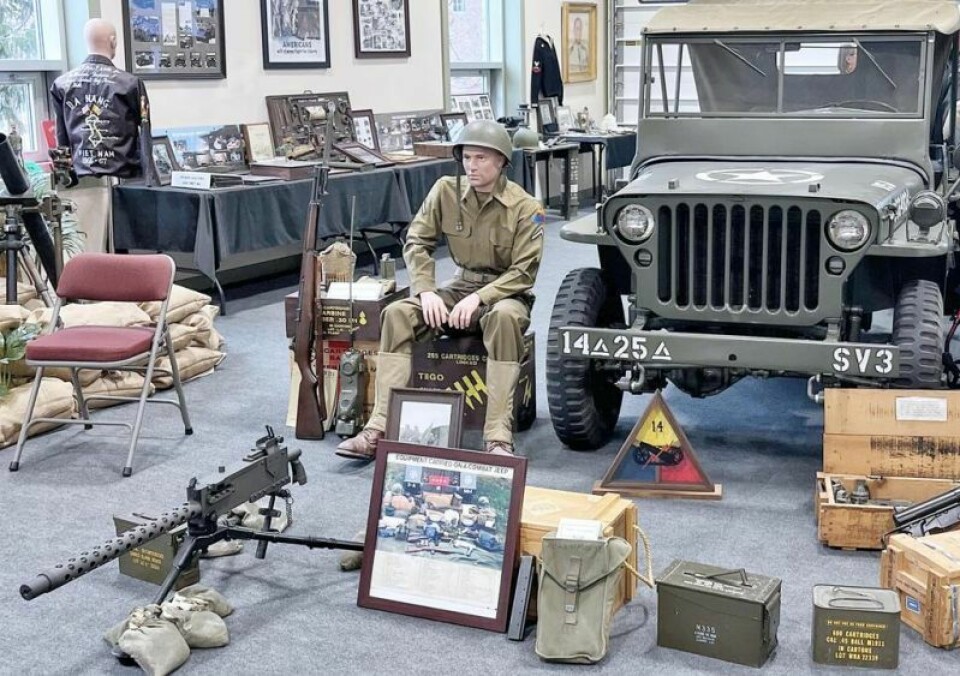
Overwhelming.That was a word that popped out of the mouth of a guest this past week at Wooster’s Long Military Museum. It was spoken by a visitor from West View Healthy Living, from which a group of veterans ventured out to see the museum, created and curated by retired accountant and veteran himself, Greg Long.
The observer was right. It is overwhelming. And it has the potential to be to anyone who visits. Any sort of expectations going in are likely to be surpassed. What kind of military museum, after all, sits just off East Liberty Street in downtown Wooster?
“There’s a lot of that simply because they have no conception,” Long said of the likelihood people indeed will be overwhelmed by his collection. “A lot of people come in here thinking I’ve got a couple tables in here with stuff set up on it. They don’t know. Up until a few years ago, nobody had been in here. When we first did this, it was supposed to be the one room, and you can see what’s happened.”
The museum is spread over several rooms on two floors, with thousands of pieces of history lining tables and life-sized vignettes.
Long’s purpose for all of it is to make it all about the people — even the artificial ones. He wants them to be remembered and appreciated while honoring them, if only by answering their questions.
One of the things setting Long’s museum apart is the people — real and unreal. The real ones are a group of more than a dozen veterans who help with tours and information. They are a fountain of stories from conflicts dating to World War I.
The unreal are several dozen life-sized mannequins used as uniform models and combat-ready soldiers, aiding in the display of some of the huge collection visitors can see.
“The mannequins bring this stuff alive,” Long said. “Before I did this, I visited almost every small military museum in the state. They all had a couple things in common. They all didn’t have enough room, and they didn’t have any money. And they hardly had any mannequins. I have 55 or 56 now. The mannequins kind of make it real. They let you see that person. I think that’s part of it, along with the war stories.”
Long and his fellow veteran associates have plenty of war stories. He and Richard “Wink” Winkleman shared several with the visiting group from West View. Sometimes the stories come off the cuff; other times they are planned.
Either way there are enough of them that you’re likely to only hear a few repeated on a given visit to the next, and that’s only because Long wants to make sure the important stuff is covered.
Like about how he visited the concentration camps in Europe, where millions died during the Holocaust, and the importance of remembering the crimes perpetrated by the fascist German leadership during World War II, remembering them so they won’t be repeated. He also spoke of Holocaust deniers and the fringe whose members seem to pepper every crowd these days.
“We don’t glorify those people,” Long said. “The Nazis are the worst people who have ever walked the face of the Earth.”
Yet they are still commemorated in some corners. In Long’s museum Nazi paraphernalia is the only memorabilia under lock and key. That’s not because it’s special, but because it’s highly desirable, a sort of sign of the times.
Long said it was important to remember those events along with the heroism of the American military.
“This is just as important, but I don’t hear anybody trying to say this didn’t happen,” Long said of the American combat history. “They’re trying to say the Holocaust didn’t happen. You hear the naysayers. And that’s garbage. But nobody’s saying the rest of this didn’t happen.”
The message didn’t appear lost on the visitors, whose attention was locked in throughout their visit. Long appreciated that and the visit in general.
“The groups that are the hardest to handle get the most satisfaction,” he said, “like this crew. They don’t get out every day. So going out, I would think, is important. We had a group in a couple months ago from the Wayne County Care Center. They called a week later and said that’s all they talk about now. That was the biggest event for them.
“It’s not easy for these places to do that, to get these people here, to pack them up and get them to roll in here. Our role is easy compared to theirs. But I think they get the most of it.”
That Long and his displays commanded such attention was no surprise to Winkleman.
“Wooster is very unique in its support of the conflicts we have been in,” he said.
Long said that’s a product of local towns having contributed to the war effort in the major conflicts dating back to World War I, if not longer.
“Right now we have less than 1% of the population has ever served,” he said. “If you go back to World War II, they had a much higher percentage of people serving, so they had to come from everywhere — Shreve, Fredericksburg, you name it. You could go any place, but very few really have anything built like this. Some will have monuments in their graveyards. But we just take things to another level.”
And it’s overwhelming.


